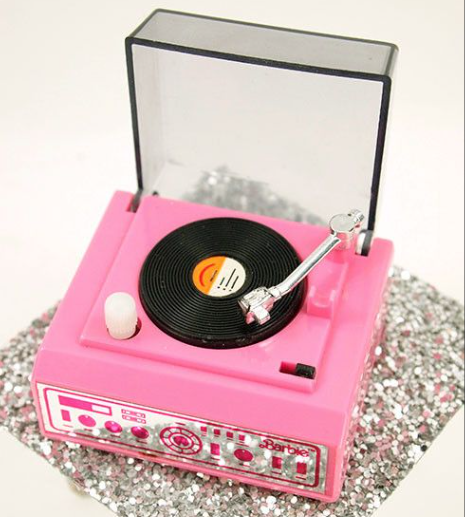Digital signals are really just shifts in voltage levels.
They are in essence analog.
[

Oversimplifications Ahead

]
Let's say you've got a USB signal, which uses a 3.3V logic level. It's a common misconception that 0V would mean a '0' and 3.3V would mean a '1,' and that the changes between the two would be instantaneous and pretty much make your signal look like a perfect square wave.
That's what they teach you in high-school level computer labs, anyway. But that's not how it actually works.
Instead, anything below a certain voltage threshold (for a 3.3V logic signal usually somewhere between 0.4V and 0.8V depending on implementation) will be interpreted as a '0,' and everything above a certain voltage threshold (usually somewhere between 2.0V and 2.4V depending on implementation) will be interpreted as a '1.'
For any voltages between those two thresholds it's up to the implementation details of your chip and/or straight-up dumb luck with whatever interpretation you'll end up with. So you really don't want to live in that voltage range of your signal, veeery bad ju-ju.
But here's the thing… Those logic signals are being generated by physical objects that are subject to the same laws of physics as all your analog electronics are. Switching between logic low and logic high isn't instantaneous. That switch takes a little bit of time. And during that time, the voltage will rise gradually, not instantaneously. There will be a bit of slew. Maybe even some bounce. Depending on the capabilities of your voltage source, there can be droops and sags along the way, too.
Usually, that isn't really all that big of a problem. If you take some care to only ever sample your logic level voltages
after it had enough time to settle in properly, you'll be golden. And in a lot of applications (like networking, for example) there are error handling or error correction procedures built right in to the different protocol layers.

But…
Not in audio, as most digital audio signals that travel through your cables are unidirectional, meaning the stream goes from device A to device B, but device B has no way of calling back to device A with a pretty-please to re-send something because it got corrupted along the way.
And corrupted, things can get quite easily.
That nice and chunky transformer that you're routing your USB cable right past could be inducing a low "baseline" voltage of 0.2V or 0.3V in your data lines, nudging you closer to that lower end of that bad ju-ju range you want to stay out of.
The constant changes in voltage level in your clock line can induce tiny spikes in your data lines that run right along your clock line.
A cable's impedance (change in resistance as a function of signal level) changes with its length. The longer a cable gets, the higher its impedance. The higher the impedance, the harder it gets for your chips to quickly switch between voltages. As a result, your slew rate goes up. Which, in turn, could mean that you're running the risk of sampling your data signal before it had time to settle in, and you could end up measuring a '1' when it should be a '0', and vice versa.
…just to name a few.
In audio streams, occasionally reading a '0' where there should be a '1,' or reading a '1' where there should be a '0,' isn't
that big of a deal. Nothing breaks, the stream won't cut out, and your speakers won't blow up. In data applications like networking, misinterpreting even just one single bit can mean that your file is corrupted and unusable. But in audio, the worst that will happen is that your DAC momentarily outputs a voltage level for that particular sample that's slightly too high or slightly too low. You're unlikely to even consciously hear that error.
But if these errors happen somewhat often and constantly, as in a handful of times per millisecond, you are ending up with a lot of audio samples that are off by a little bit. Or as we audio enthusiasts would call it: Distortion.
And so in an attempt to somewhat reduce the likelihood of these logic level interpretation errors to sneak in, you can help your gear out by using non-crappy digital interconnects. Pick one that is as short as you can get away with, that's properly shielded, and that tries to somewhat reduce contact resistance.
In short: Pick something that's adequate for medium to high speed data transfer rates like a good printer cable, and not just a Dollar-fifty cable from your friendly Dollar Store, and you should be golden. The same goes for other kinds of digital interconnects.
Buy that kilo-bucks interconnect cable made from just the finest strands of pure-gold angel hair if it makes your synapses tingle. It's a hobby, and those audiophile digital interconnect manufacturers need to get their kids through college just as much as the next guy.
But objectively, dropping a hundred-something bucks on a 50cm long "audiophile" USB cable won't get you any better results than a decent quality 10 or 20 bucks printer cable would.
Digital audio interconnects absolutely matter. But that threshold to when you enter la-la-land is considerably lower than a lot of audiophiles would like to think.

























